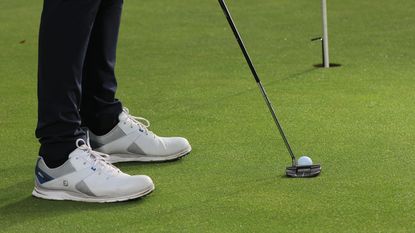
Tom Reid
Location: Sunningdale Heath
Tom has been coaching since 2011. He played on the EuroPro, Sunshine and Challenge Tour and he started his teaching career at Wentworth and in 2013 he became the club's first Junior Academy Manager, setting up a teaching program for 3-12-year olds. In 2016 and 2017 Tom was awarded a Top 50 U.S. Kids coach award, only the second person in Europe to have achieved this accolade twice and he has now been awarded Master US Kids instructor status after his third award in 2021.
Teaching philosophy:
1) If you can’t measure it you can’t improve it. 2) Coach the student, not the swing!
Greatest teaching success story:
I started to work with an ex-England international cricketer in 2015, he retired earlier than he wanted to due to an injury, he was 27, young fit and healthy and wanted to progress his golf to the point of turning professional! He arrived in my teaching room as a 6 handicap, huge clubhead speed and a weak short game. We put together a weekly coaching/practice programme which included me attending amateur events to watch him play, we rebuilt his technique and spent lots of time learning how to navigate around a course as he lacked so much tournament playing time growing up as he was involved in another sport. His handicap moved to +2 in 18 months, he then turned pro and had five top-10 finishes in mini tour events but sadly had to give up due to more injuries, I remember being totally gutted as the progress had been so rapid I truly believed he’d gain European Tour status, we’ll never know sadly, but I know I did as much as I could in the time we had.
Most common problem with students?
Not forgetting the basics, often and especially with elite players, generally faults stem through poor fundamentals that create a snowball effect through out their game. I pen mark an alignment stick with stance, width ball position and of course it’s used for alignment as well. This means they’re always hitting balls with the same set-up, this helps the swing pattern formulate more effectively. In addition to this sticking to a process and a formula, we tend to get derailed by a bad performance or even a bad shot, that’s the time to teach the student to be totally focused on their process and formula for success rather than searching for a temporary quick fix or feeling.
Students learn best when…
They’re engaged and have feedback on their progress! As they see improvement it motivates them work harder.
